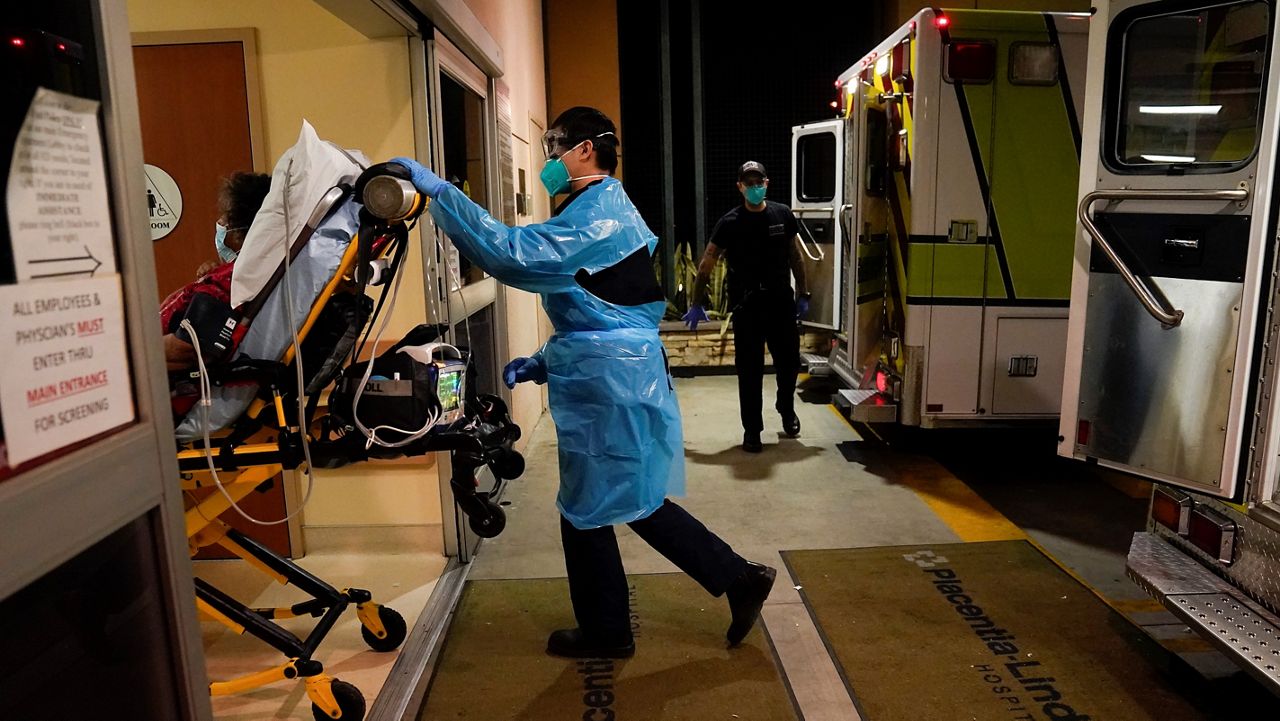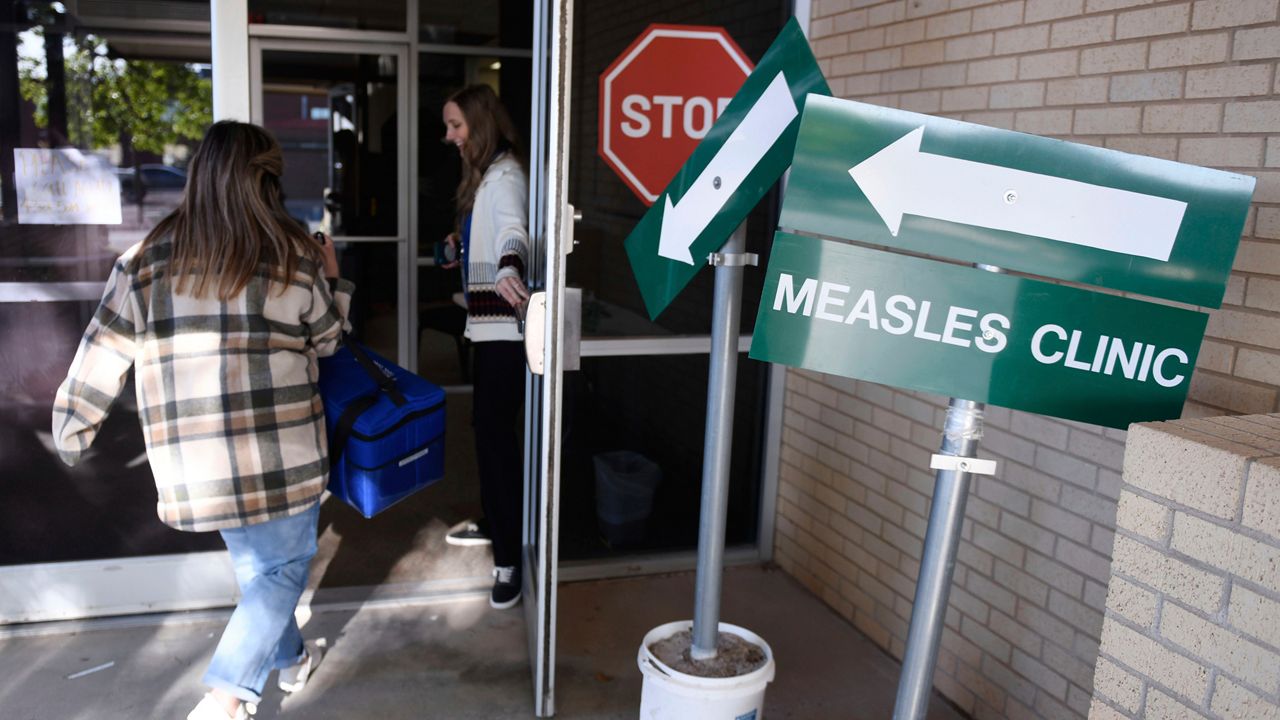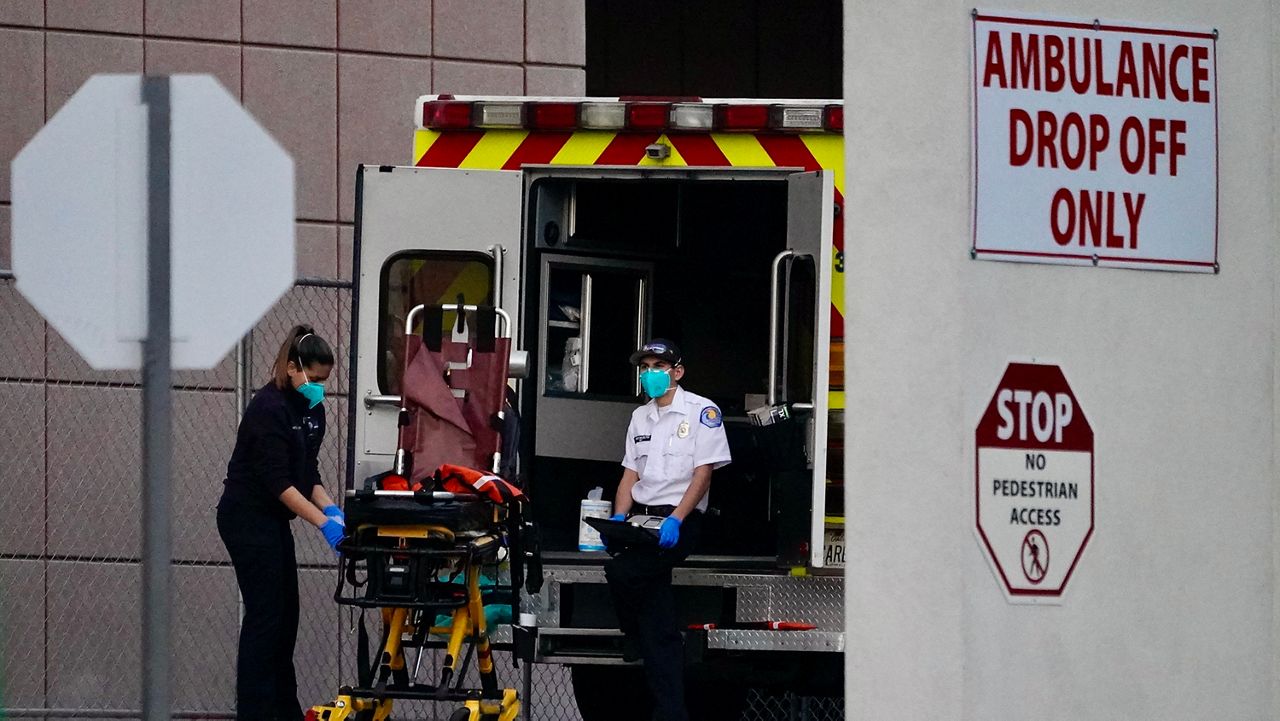LOS ANGLES — The Board of Supervisors on Tuesday called for the creation of a $5 million pilot program aimed at helping low-income residents eliminate medical debt.
Under a motion introduced by Supervisors Janice Hahn and Holly Mitchell, the county Department of Public Health will collaborate with the organization Undue Medical Debt — formerly RIP Medical Debt — to develop the pilot program, which would continue through Dec. 31, 2027. The program will be targeted at the county’s lowest-income residents.
The motion cited a report titled “Medical Debt in LA County: Baseline Report and Action Plan,” which found that the total medical debt burden now exceeds $2.9 billion for LA County residents. The debt disproportionately affects families with children, lower-income, Latino, Black, American Indian and Pacific Islander residents, according to the report.
Mitchell said medical debt is the leading cause for bankruptcy in the country, and it leads to “poor credit and undermines employment prospects.”
She highlighted as an example of a medical debt program the effort started in Cook County, Illinois, which used $12 million in American Rescue Act funds in an attempt to help wipe out $1 billion in debt for 73,000 residents.
“Imagine the relief that a medical debt program in LA County will provide for our residents, particularly when we recognize what role that debt plays in a person’s ability to maintain housing,” Mitchell said.
In October of last year, the board adopted a motion directing county departments to research and report back with recommendations for policies that could reduce medical debt. That effort led to a recommendation that the county pursue a “targeted pilot program for medical debt relief.”
Barbara Ferrer, director of the Department of Public Health, told the board the average medical debt people carry depends on individual hospitals and the specific medical care required, but she suggested the average number to be around $500. But she said there were individuals who had up to $1 million or more.
Ferrer noted that a $5 million investment could help wipe out up to $500 million worth of debt.
“Our work as the Department of Public Health is to leverage the dollars the county is putting in and ask some of our partners to put in additional funds as well,” Ferrer said.
Supervisor Kathryn Barger said it was “frustrating” to insist that health insurance companies be responsible as well.
“Even when President (Barack) Obama put together his health-care plan, the windfall was the insurance companies that got the money,” Barger said.
Ferrer said “our assumption is that” health plans and providers will work with the county, saying, “We’re in a coalition to solve the problem.”










